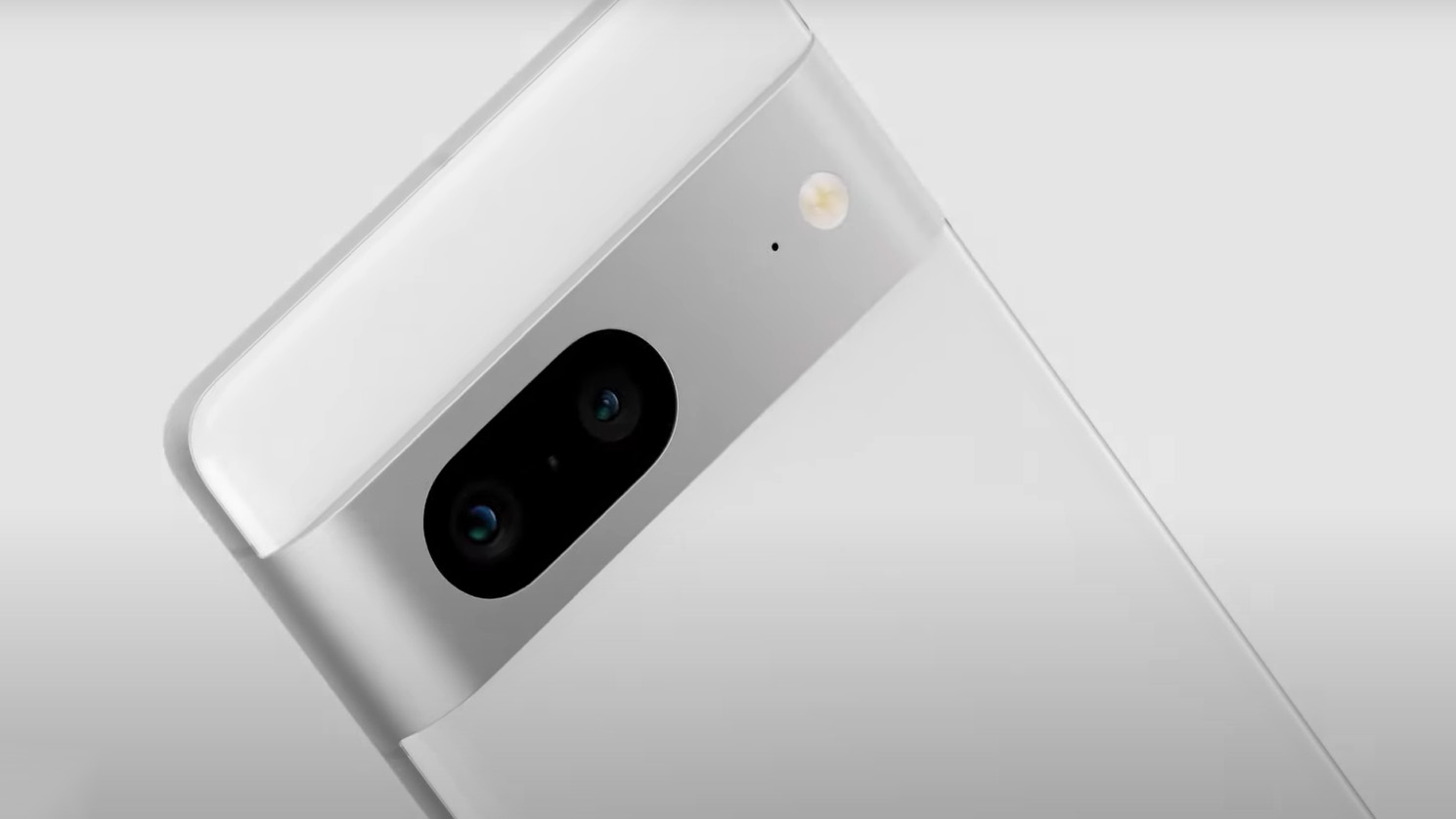Google Pixel 7 Pro suddenly looks like an incredibly appealing Android phone
Google has teased the Google Pixel 7 and Google Pixel 7 Pro – and we just got our best look at them yet


Google's Pixel line-up, currently headlined by the Google Pixel 6 Pro, has been among the best Android phones for some time now, offering a great blend of "clean" Android and interesting hardware.
At Google I/O, the company teased the next instalment of the Pixel series – the Google Pixel 7 and Google Pixel 7 Pro – meaning we have a rough idea of how the devices will look, especially the distinctive camera module.
But until now, we didn't have a great idea about the internals, the things that make the phone tick. Google has been shifting towards making its own chips, called Google Tensor, with the Google Pixel 6, so we can expect more of that.
Details shared on the Google News Telegram (via TrustedReviews) have given us a deeper look into what the Google Pixel 7 Pro, the high-end model, could be packing.
"Recently, a user with a prototype Pixel 7 Pro came to our Google News group," the post reads. "Unfortunately, his device was bricked by Google, so we were unable to get much information. However, we did determine the following based on early boot logs."
According to the Telegram post, the Pixel 7 Pro will include a Samsung S6E3HC4 display (an update on the S6E3HC3 panel in the 6 Pro), clocking in at 3120x1440 resolution, the same as the Pixel 6 Pro.
In a second Telegram post, more internal specs were revealed. The prototype contained the second-gen Tensor chip, built on Arm Cortex-A55 cores. The CPU is arranged in a 4+2+2 cluster, broken down as two performance cores, two mid-performance cores, and four low-power cores.
Get all the latest news, reviews, deals and buying guides on gorgeous tech, home and active products from the T3 experts
The post also reveals some codenames that Google could be using to differentiate its devices: panther for Pixel 7, cheetah for Pixel 7 Pro, and possibly felix for the Pixel 7a.
Previous leaks have suggested we're likely to see the Pixel 7 series later in the autumn in the UK and we guess around October, as that lines up with previous releases.
Can't wait for the Google Pixel 7 Pro?
Max Slater-Robins has written for T3 now on and off for over half a decade, with him fitting in serious study at university in between. Max is a tech expert and as such you'll find his words throughout T3.com, appearing in everything from reviews and features, to news and deals. Max is specifically a veteran when it comes round to deal hunting, with him seeing out multiple Black Friday campaigns to date.
